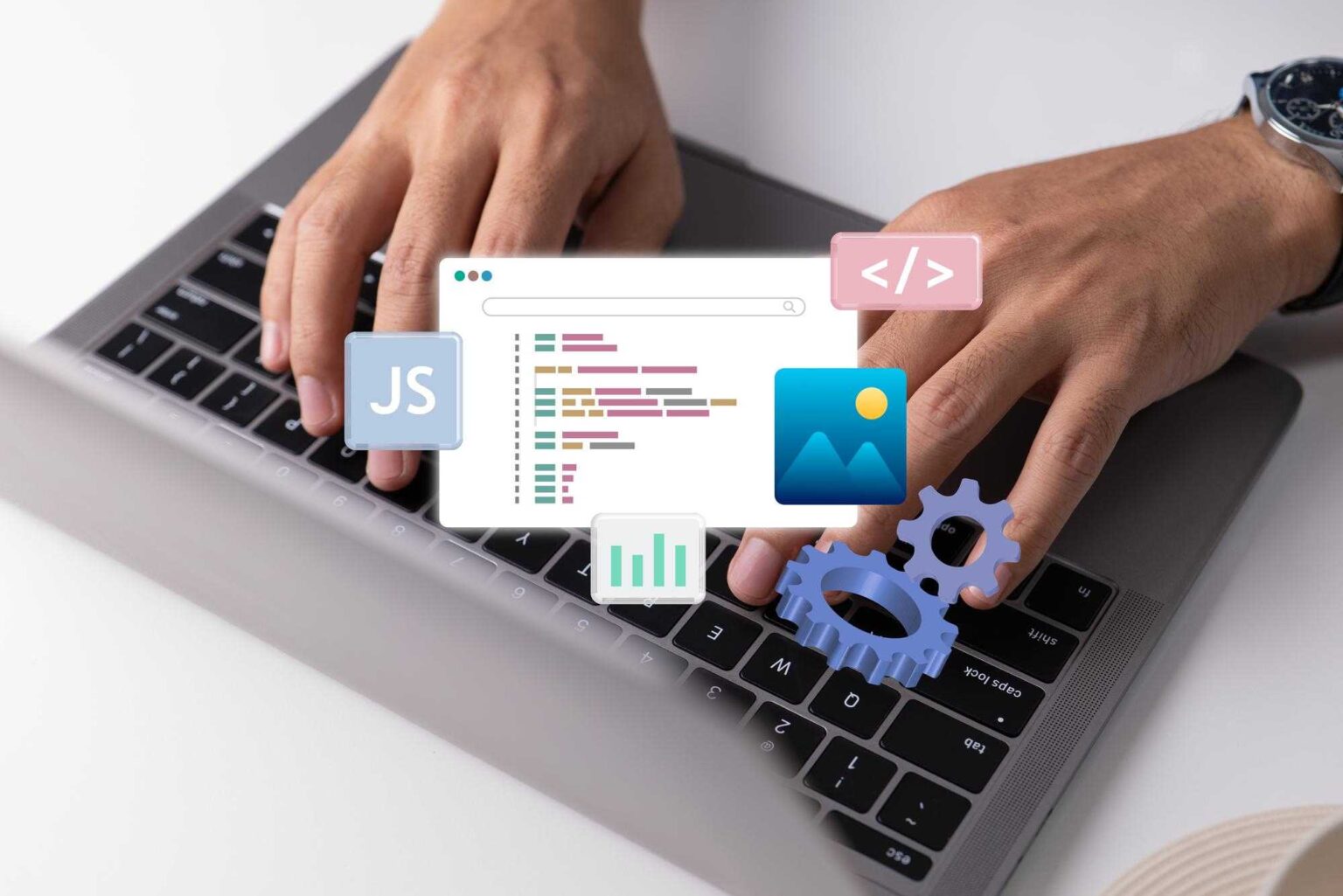Natural Language Processing (NLP) plays a crucial role in data analytics by enabling organizations to extract valuable insights from unstructured text data, such as customer reviews, social media posts, emails, articles, and more. NLP techniques allow for the understanding, interpretation, and analysis of human language, facilitating automated processing and analysis of large volumes of text. Here’s how NLP is used in data analytics to extract insights:
- Text Preprocessing:
- NLP techniques are used to preprocess and clean the text data by removing stop words, punctuation, and irrelevant characters.
- Text normalization techniques like stemming and lemmatization are applied to reduce words to their base or root form for better analysis.
- Sentiment Analysis:
- NLP enables sentiment analysis, which involves determining the sentiment or emotional tone expressed in text data.
- Sentiment analysis helps organizations gauge public opinion, customer sentiment, or brand perception by automatically categorizing text as positive, negative, or neutral.
- Named Entity Recognition (NER):
- NER is an NLP technique that identifies and extracts specific named entities, such as names of people, organizations, locations, dates, and other important entities from text data.
- NER helps in understanding the context and identifying key entities within the text, enabling more targeted analysis.
- Topic Modeling:
- NLP-based topic modeling techniques, such as Latent Dirichlet Allocation (LDA), are used to discover and extract underlying topics or themes within a collection of text documents.
- Topic modeling helps identify recurring patterns or themes in unstructured text, allowing organizations to gain insights into customer preferences, emerging trends, or relevant discussions.
- Text Classification:
- NLP techniques enable text classification, where texts are automatically assigned to predefined categories or classes based on their content.
- Text classification is useful for tasks like sentiment analysis, spam filtering, document categorization, and customer feedback analysis.
- Text Summarization:
- NLP enables automatic text summarization, where lengthy text documents are condensed into shorter summaries that capture the key information and main points.
- Text summarization helps in quickly understanding and extracting insights from large volumes of text data.
- Information Extraction:
- NLP techniques are used to extract structured information from unstructured text data.
- This includes extracting key data points such as dates, addresses, product names, or financial figures from text, enabling further analysis and integration with other data sources.
- Question Answering:
- NLP-powered question-answering systems can understand and interpret questions posed in natural language and provide relevant answers based on available text data.
- Question-answering systems are used in chatbots, customer support, and information retrieval applications.
- Language Translation and Multilingual Analysis:
- NLP supports language translation tasks, enabling organizations to analyze and understand text data in different languages.
- Multilingual analysis allows businesses to gain insights from diverse sources and expand their reach in global markets.
- Text Mining and Pattern Extraction:
- NLP techniques facilitate mining and extraction of patterns, relationships, or insights from large volumes of unstructured text data.
- This includes identifying co-occurring words, frequent word associations, or relationships between entities.
By leveraging NLP techniques in data analytics, organizations can unlock valuable insights, understand customer sentiment, analyze market trends, automate information extraction, and make data-driven decisions based on the vast amount of unstructured text data available.



